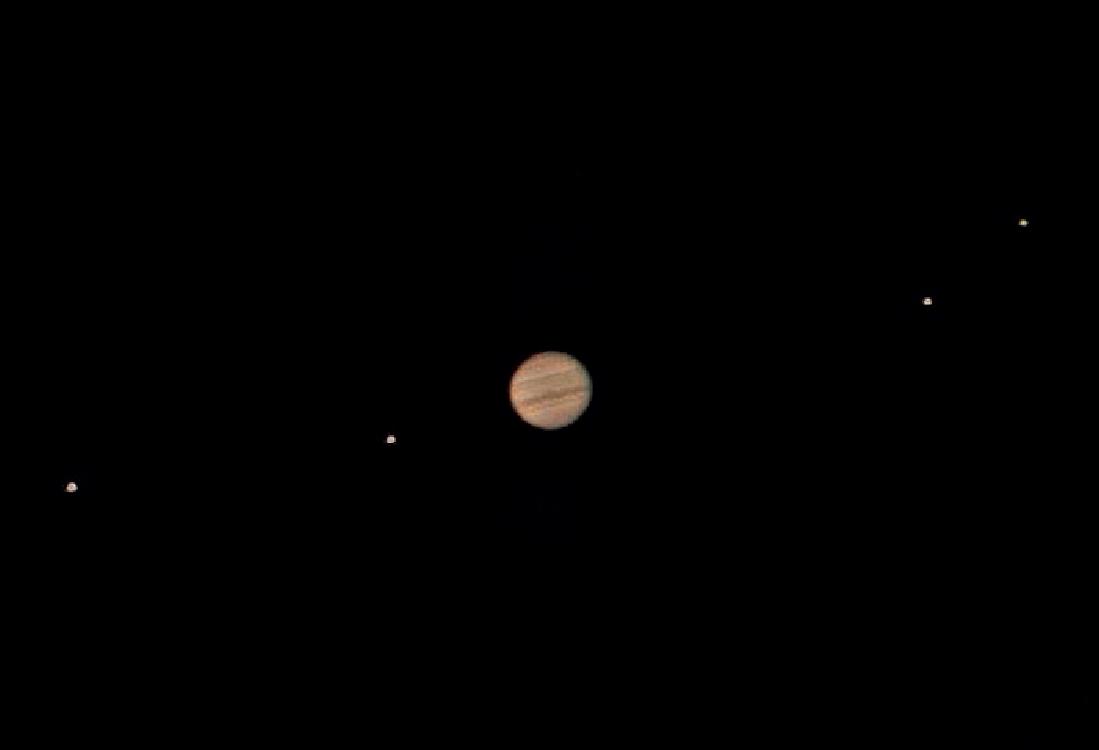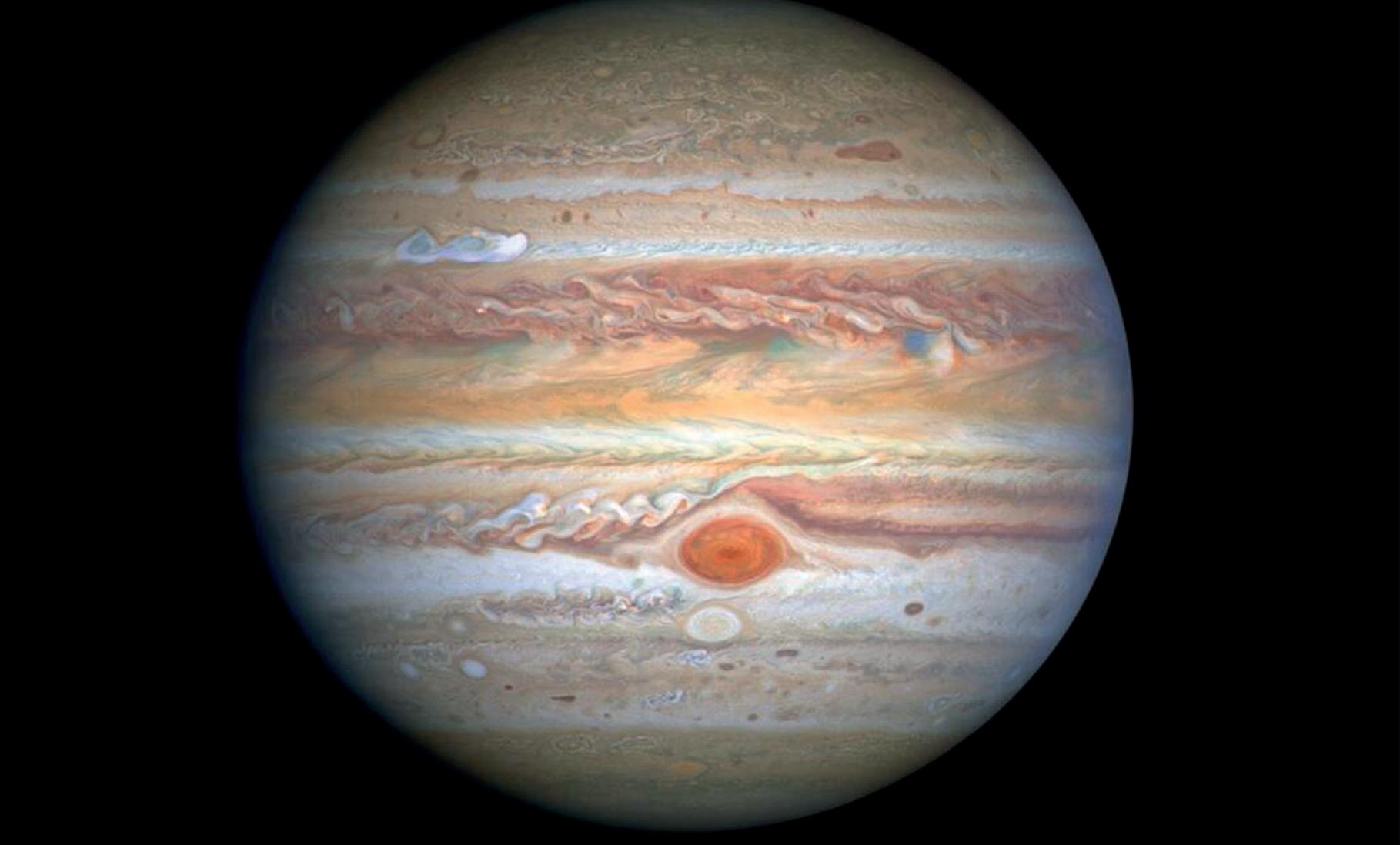
1 minute read
Jupiter
Star Watching with RufusHenderson-Smith
As we progress into winter our view of Jupiter becomes aregular sight in the night sky.The supreme deity of the Romans, Jupiter,has amass300 timesthat of the Earth and is truly the giant of all the planets!
Advertisement
Consisting of mainly hydrogen, helium, methane and ammonia, the gas giant rotates fast; once in around 10 hours, its surface appearing turbulent and ever changing.
Easily viewed through binoculars it is possible to make out the dark north equatorial belt and south temperate belt separated by the Great Red Spot, avast storm constantly revolving. This angry cloud is 30,000 miles long and about 4times the size of the Earth.
Jupiter has 16 moons and although comparatively very small, 4ofthemare visible with binoculars or asmall telescope and sometimes with the naked eye! First observed by Galileo these moons dance around Jupiter providing adifferent view nightly.Io, the closet, has aconstantly changing volcanic sulphurous surface, pushed and pulled by the huge gravitational forces of its mother planet. Europa is different and is covered in ice, perhaps hiding avastocean.Ganymede and Calisto are further away from Jupiter and have icy surfaces scarred with impact craters.

Keep alookout for Jupiter rising in the East and moving across the Southern half of the sky for an ever changing viewofthe largest planet in our Solar System.




















